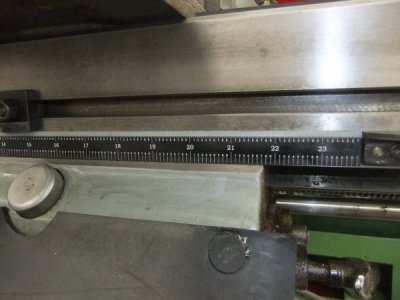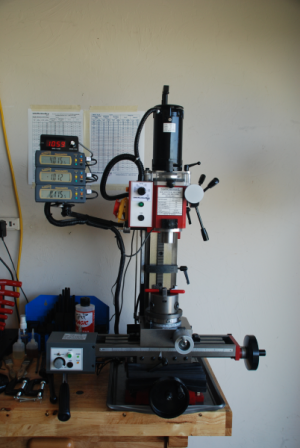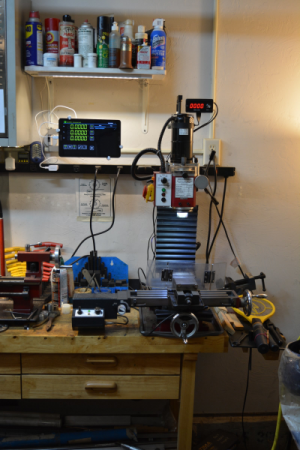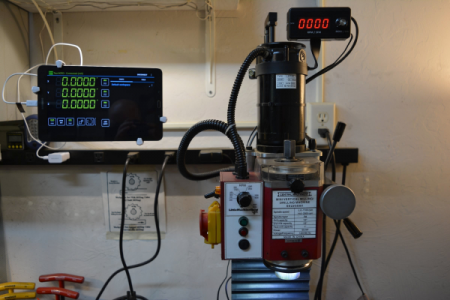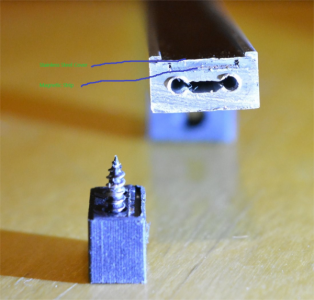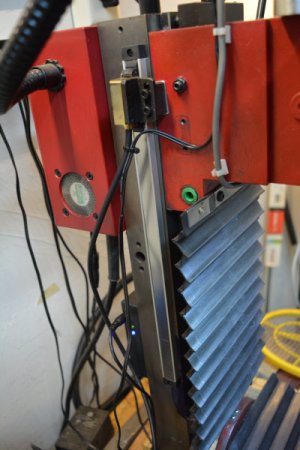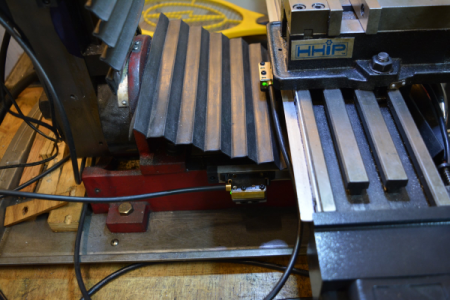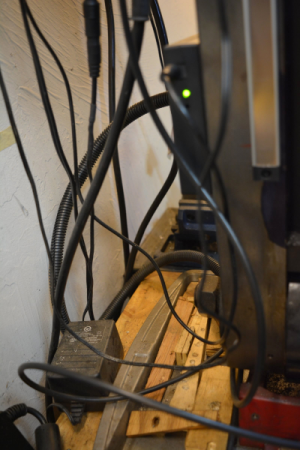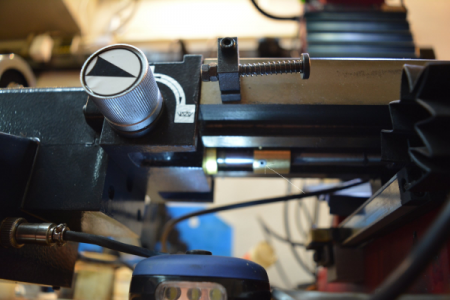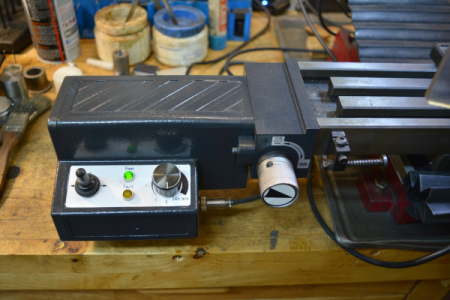- Joined
- Nov 14, 2016
- Messages
- 3,289
Ahh, I see. No, I was specifically referring to using the drill chuck in a milling machine with an end mill. The one that came with my mill, and all the drill chucks I have ever bought, are just chucks with a jacobs taper, pressed on an arbor like this one: https://www.mscdirect.com/product/details/92302413
Up until now, I did not know they made threaded drill chucks.
I am the opposite, the only place I've run into Jacobs tapers is on a drill press. Granted I'm not well traveled in the machinery world, and mine are threaded. Hand drills typically use threaded chucks these days.
I had to replace a drill chuck recently on my drill press (lost in a move) and it was harder than I expected to find the right Jacobs taper on a chuck. Found quite a few threaded chucks and those with various taper shanks attached for machining use.
Until now I've never had reason to question how those shanks are connected to the chuck, just assumed they were permanently attached. It is quite possible you are correct and they use a Jacobs taper between the shank and the chuck.

